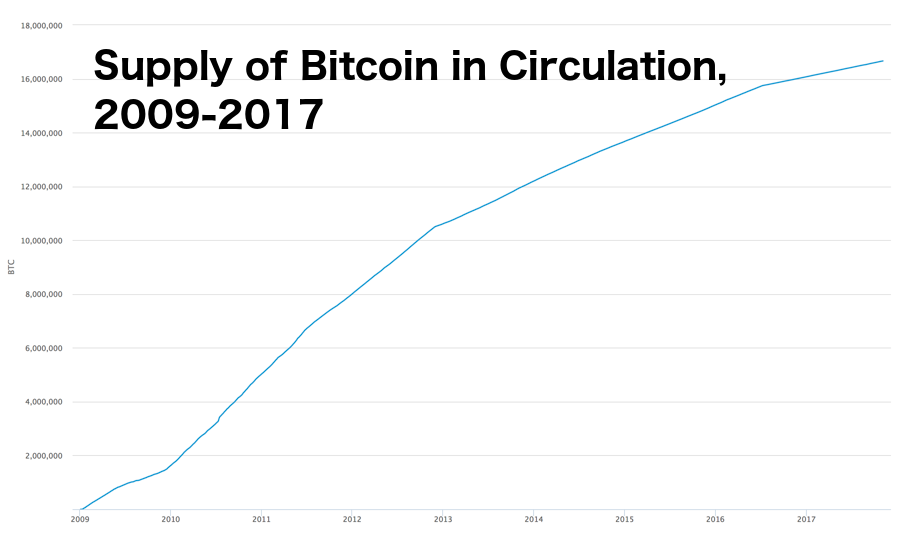Separating the Technology of Bitcoin from the Medium of Exchange
Bitcoin is back in the spotlight as its price has soared in recent weeks. The most enthusiastic advocates see its potential to become a major private currency. But it is important to remember bitcoin is a dual phenomenon: a technological innovation and a potentially useful medium of exchange. One might recognize the technology as a genuine innovation without accepting its usefulness as a medium of exchange.
The technological innovation is, indeed, quite significant. The blockchain is recognized for allowing electronic peer-to-peer transactions without a central clearinghouse. It solves the double (or triple, quadruple, etc.) spending problem. One cannot just “copy & paste” a bitcoin for use in multiple transactions. Each bitcoin carries with it the memory or record of all its transactions. Before a bitcoin transaction is approved, its memory is compared with a public ledger (the blockchain) by solving an algorithm of adjustable complexity. Once a transaction is approved, it is recorded in the public ledger–against which future transactions can be compared. If the history of the bitcoin does not match the public ledger, the transaction is not approved.
Recently, large commercial banks and government central banks have taken an interest. As central clearinghouses for intra- and inter-bank payments, commercial and central banks must ensure that the same “digital dollars” are not double spent. The blockchain technology offers a new to complete this old task. If the new technology is superior, existing intermediaries will have to adopt it or risk losing out to the competition. It remains to be seen how they will respond. But faster transactions (and fewer intermediaries) seem likely.
The money-analysis of bitcoin is, perhaps, less optimistic. For starters, it faces entrenched incumbents. Overcoming the network effects problem is not impossible; entrepreneurs are capable. But it is also not inevitable.
Even if bitcoin successfully breaks the network effect, however, another challenge remains. Bitcoin functions much like a monetary rule, which requires the money supply to grow along a predefined path. But not all monetary rules are good monetary rules. Indeed, a well-functioning monetary system requires the money supply adjust in response to changes in money demand. The money supply should neither be too elastic nor too inelastic. In coding the behavior of the money supply, bitcoin’s developer (or, developers) erred extremely on the side of inelastic. Ideally, the bitcoin money supply would grow as demand to hold bitcoin increases. Instead, with bitcoin’s supply schedule fixed, the purchasing power of bitcoin (i.e., its dollar price) shoots to record high levels.
Those holding bitcoin no doubt welcome the increase in purchasing power. They are experiencing huge returns. They should think twice before cheering, however. The high price serves as a reminder of bitcoin’s rigid supply, which might ultimately be its undoing.











